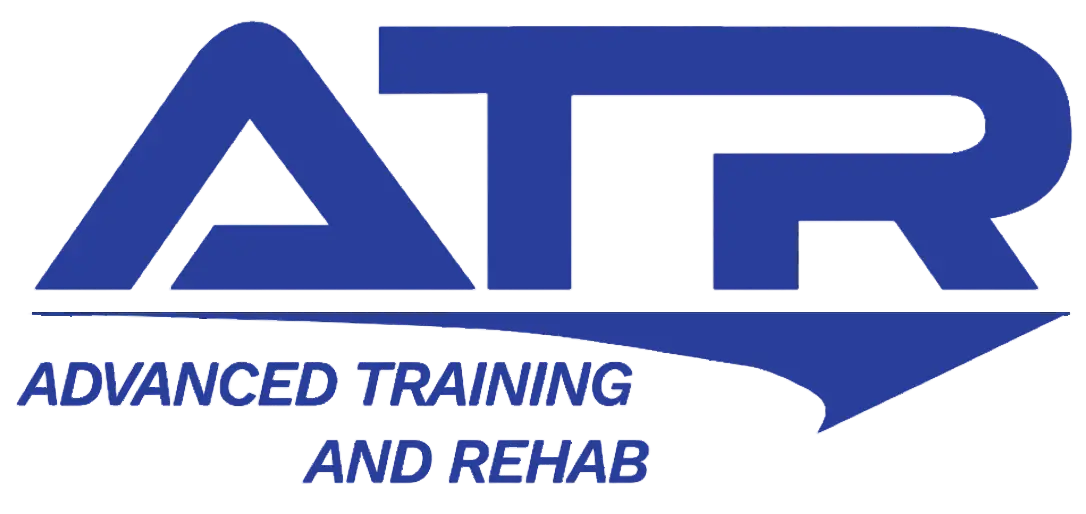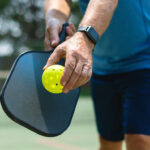Dry Needling
A hot topic in the world of Physical Therapy and Sports Medicine lately is the use of dry needling on patients to assist with healing both acute and chronic injuries. With this technique, a provider inserts thin needles into or near your trigger points. The needles stimulate your muscles, which causes them to contract or twitch. This helps relieve pain and improve your range of motion.
What is Dry needling?
Dry needling is a technique that physical therapists and other trained healthcare providers use to treat musculoskeletal pain and movement issues. It’s almost always used as part of a larger pain management plan that could include exercise, stretching, massage and other techniques. During this treatment, a provider inserts thin, sharp needles through your skin to treat underlying myofascial trigger points. Trigger points are knotted, tender areas that develop in your muscles. These trigger points are highly sensitive and can be painful when touched. Sometimes, a trigger point may be near the location of your pain. But they’re also often the cause of referred pain. Referred pain is pain that affects another part of your body. Physical therapists use needles to alleviate your trigger points. When dry needling is applied to your muscles and tissues, it can decrease tightness, increase blood flow and reduce local and referred pain. Providers use solid needles that don’t contain any kind of medication. This is why the technique is called “dry.”
Dry Needling vs Acupuncture
There are some similarities between dry needling and acupuncture. Both use thin needles inserted at various depths to treat symptoms. The health care professional also may gently move or manipulate the needles after placement. Both acupuncture and dry needling are safe treatments, and usually are part of a larger treatment plan. Dry needling is a newer treatment and evolved in the last few decades. It focuses exclusively on treating musculoskeletal and neuromuscular pain by releasing trigger points. Acupuncture restores energy flow, while dry needling targets dysfunctional muscle trigger points. Fewer needles are used during dry needling treatment. It’s often paired with electrical stimulation to enhance the effects of the treatment. This combination causes a gentle contraction and relaxation of the irritable muscle, which helps the muscle relax further.
At Advanced Training and Rehab, we utilize dry needling frequently with each clinic having at least one certified dry needling specialist. If you have any questions about dry needling or would like to begin physical therapy, please do not hesitate to reach out to one of our 22 clinics across the St. Louis Area.
ATR: St Louis’s PT Company
Author: John Cichon, PT DPT, OCS at ATR Kirkwood.




